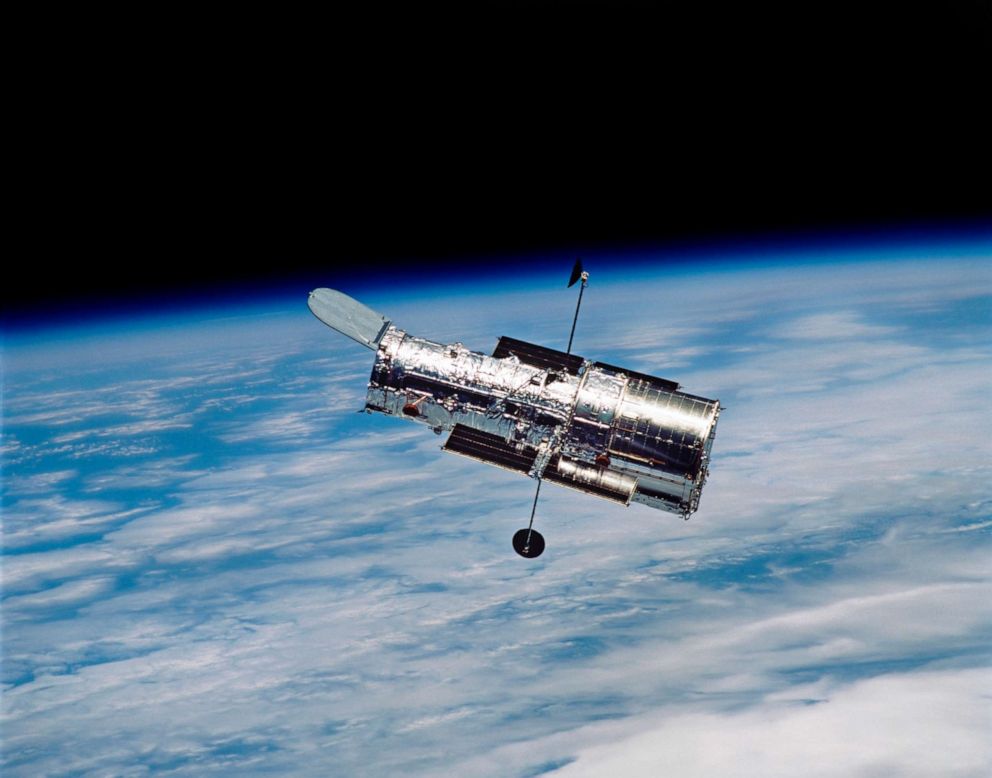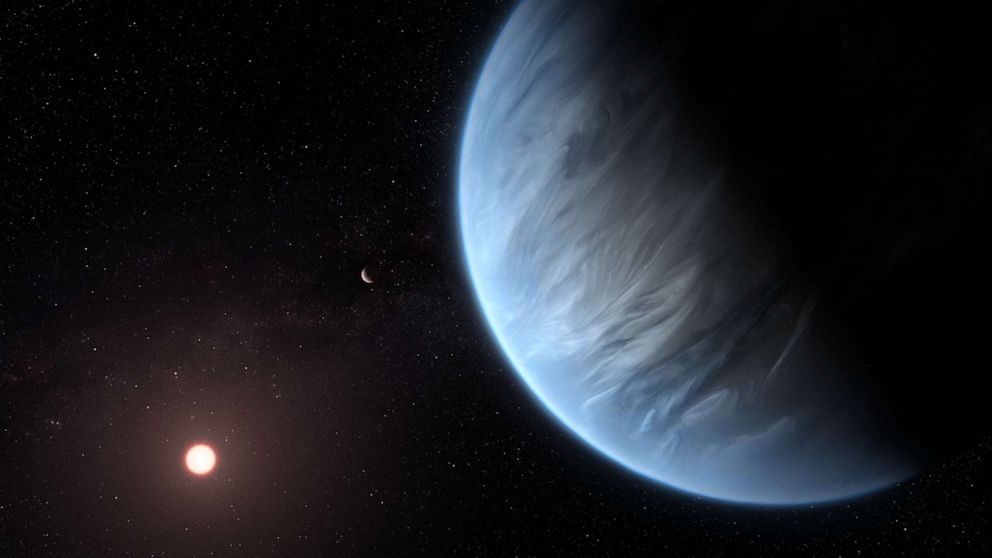Water vapor and temperatures that could support life found on exoplanet, NASA says
Astronomers have located the first planet outside our solar system containing water vapor and temperatures that could support life, according to NASA.
Data from NASA's Hubble Space Telescope allowed astronomers from the Center for Space Exochemistry Data at the University College London to determine that the molecular signature of water vapor exists in the atmosphere of an extrasolar planet about 110 light years away in the constellation of Leo, called K2-18b.
The results from the data also suggest the presence of hydrogen and helium, and scientists believe that other molecules, including methane and nitrogen, may be present but are currently undetectable from the existing observations.

The findings were published in two independent studies, one published in Nature Astronomy and another submitted to the the Astronomical Journal.
K2-18b, which is located around a small red dwarf star, is the only known exoplanet to have both water and temperatures that could support liquid water on a rocky surface, according to NASA.
However, the exoplanet may be more hostile to life than Earth due to the high level of activity to the nearby red dwarf star, which exposes it to more high-energy radiation.

K2-18b was discovered by NASA's Kepler Space Telescope in 2015. It is one of hundreds of "super-Earths," or exoplanets with masses between those of Earth and Neptune, found by the Kepler telescope.
It has a mass is eight times greater than Earth's, meaning its surface gravity would be significantly higher as well.
The next generation of space telescopes will be able to characterize the atmospheres of exoplanets in more detail, according to NASA.



